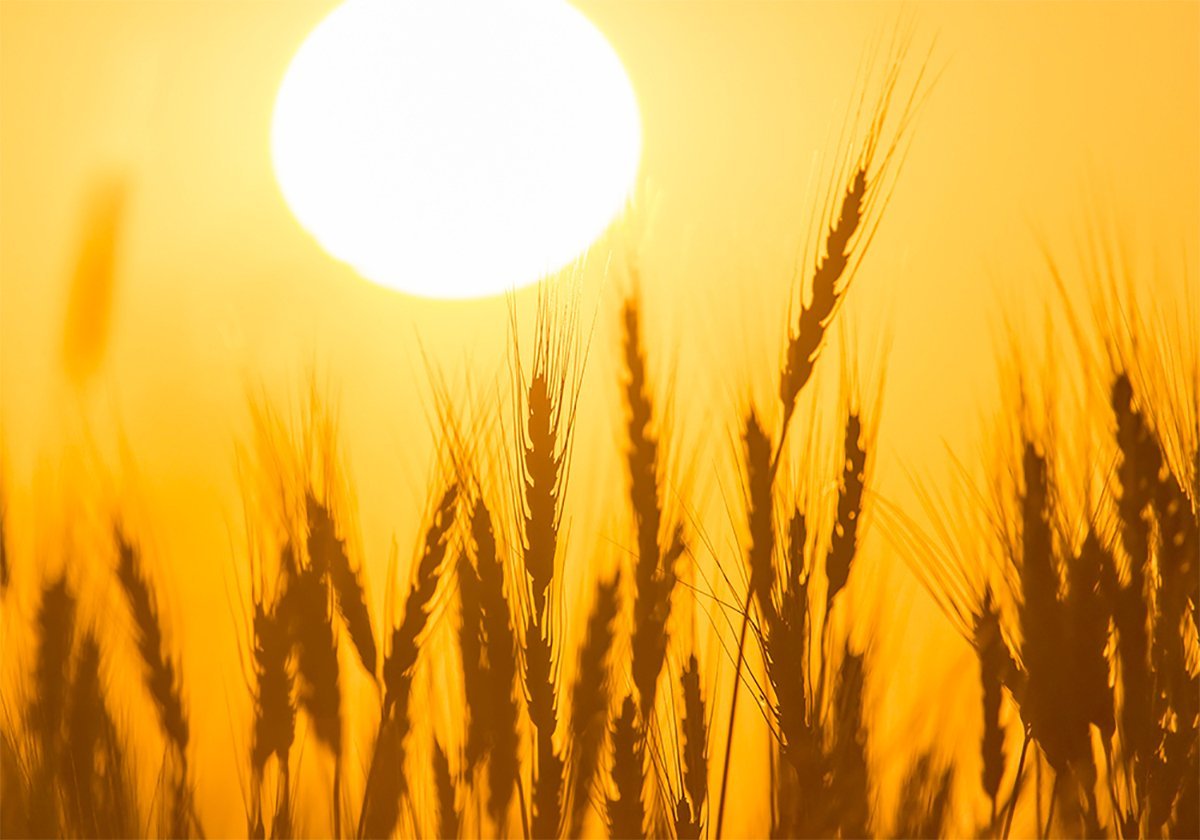Warm weather followed by frost damaged Ontario trees
The British Columbia apple harvest is in full swing and could yield 10 percent more than last year.
However, Ontario growers are facing crop failure.
A record warm March, in which temperatures reached 28 C and were then followed by an 18 day cold snap, had a catastrophic effect on the Ontario apple crop.
Trees came out of dormancy and buds were damaged, resulting in the failure of more than 85 percent of the crop, said Brian Gilroy, president of the Ontario Apple Growers Association. Similar weather related problems happened in Michigan and New York state.
Read Also

Heat waves combine sunshine and sinking air
As we continue our look at heat waves, I figured we should first define what they are by looking at the criteria Environment Canada uses to define heat events.
“On my farm, there are millions of apple blossoms. This year, I never saw a normal blossom. Everything was affected,” Gilroy said. “In some places the cold was so severe that it damaged next year’s buds as well.”
Gilroy grows McIntosh and Northern Spy varieties on his farm near Meaford in the Georgian Bay area.
McIntosh is the major Ontario crop, and he estimates 85 percent of the variety was lost.
“We have lost a staggering 98 percent of our Empire crop, which is the second largest variety,” he said.
“Apple picking in a lot of locations is a cross between an Easter egg hunt and apple picking.”
Losses could reach $400 million in devalued fruit and lost jobs.
Misshapen and frost scarred fruit will be downgraded to processing for juice. Most years, about 800 people come to pick fruit.
This year, about 100 are needed and there will be work slow downs at the packinghouses.
About 65 percent of growers carry production insurance and an Agri-Recovery assessment has been done, but producers have not heard if support is coming.
“Most apple farmers won’t feel the financial crunch until next year because it is a stored crop and farmers wouldn’t be getting paid for this year’s crop until next year,” he said.
“I’ve got 10 trees in a block of 500 Spies with lots of apples on them, and the other 490 have next to nothing on them. Try and explain that,” he said.
The last time such damage occurred was 1945.
“This is hopefully a year that we will never see again,” he said.
Gilroy estimates that retail apple prices might increase 25 percent and that imports from Quebec, B.C. and the United States will make up some of the shortfall.
On the other side of the country, the harvest is rolling in with better than average production, said Glenn Lucas, manager of the British Columbia Fruit Growers Association in Kelowna.
Too much spring rain caused early season cherries to split, but mid season varieties such as Lapins were prolific.
B.C. has shifted to new, more profitable apple varieties.
Nearly 40 percent of the crop was Royal Gala in 2011 compared to 13 percent for McIntoshes. Ambrosias and Spartans each make up 13 percent of the harvest.
“Red Delicious, which used to be our primary variety, is now down to eight percent,” he said.
Apple picking started in earnest during the first week of September with Galas and McIntosh coming off first. Fujis will be picked in October and the Pink Lady harvest may last until November.
Peaches and nectarines were picked in August and are continuing into September. The plum harvest just started.
B.C. grew nearly 82 million pounds of Galas last year, followed by 34 million pounds of Ambrosias.















